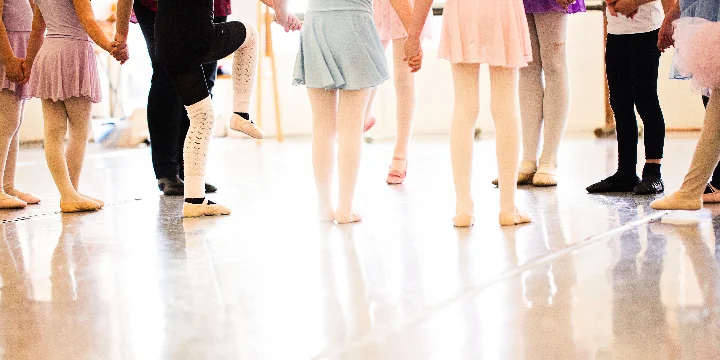
- cultural-context-of-dance-in-afghanistan
- school-structure-and-social-events
- do-schools-in-afghanistan-have-dances
- private-settings-and-dance-practice
- cultural-shifts-and-modern-influence
- recommendation-for-dance-learning-resources
1. Cultural Context of Dance in Afghanistan
In Afghanistan, traditional dance—known as “Attan”—is deeply rooted in cultural and tribal heritage. This form of dance is often performed during weddings, festivals, and significant national events. However, it’s essential to understand that public displays of dance are heavily influenced by religious and societal norms, which differ widely from Western expectations.
Dance is often gender-segregated, and in more conservative regions, even community performances are restricted. These traditions shape how dance is perceived in everyday life, especially in formal institutions like schools.
2. School Structure and Social Events
2.1 Academic Focus Over Extracurricular Expression
Afghan schools, particularly in urban areas like Kabul, are increasingly structured with standardized curriculums, but they generally focus on core academic subjects. Art, music, or dance are rarely integrated into official school programs, especially in public schools.
2.2 Lack of Social Events Similar to Western Proms
In contrast to American high schools, Afghan schools do not typically host social dances, proms, or similar co-ed events. Gender segregation in most educational institutions makes such gatherings culturally inappropriate under current norms, especially in rural and conservative areas.
3. Do Schools in Afghanistan Have Dances?
The direct answer is: no, traditional school-organized dances like those seen in Western cultures are not part of Afghan school life. The socio-religious landscape places strict limitations on such activities. Mixed-gender dances in school settings would be considered highly controversial or even forbidden by many communities.
However, this doesn’t mean dance is non-existent among the youth. Instead, it finds expression in home environments, during private celebrations, or through cultural organizations operating discreetly.
4. Private Settings and Dance Practice
4.1 Celebrations Within Safe Social Circles
In many Afghan families, dance is a joyful part of weddings and religious festivals like Eid. Girls may dance together in private spaces where it’s culturally acceptable. Videos shared on social media often show young people practicing Attan or contemporary moves at home, showing the persistent love for rhythm and movement.
4.2 Role of Underground and Online Dance Communities
Online platforms like YouTube and TikTok are increasingly becoming spaces for Afghan youth to express themselves through dance. Though risky in some areas, these channels offer an outlet for creativity and connection with global trends, away from societal scrutiny.
5. Cultural Shifts and Modern Influence
Urban centers are gradually seeing more open attitudes, especially among younger generations. In some private international schools and art academies, informal dance workshops or fitness-based classes like Zumba have been introduced cautiously, often as part of physical education or extracurricular offerings.
These developments, while small, reflect an ongoing evolution where dance may someday find a broader place in educational and social settings in Afghanistan. The tension between tradition and modernization continues to shape what’s possible.
6. Recommendation for Dance Learning Resources
For Afghan students—or anyone interested in dance education in conservative environments—structured, culturally respectful online platforms provide a safe way to learn. Institutions like American Dance Academy offer accessible video-based learning tools, allowing learners to explore a range of dance styles from the privacy of their homes.
Whether it’s a young girl in Herat exploring ballet through a mobile app or a group of friends in Kabul learning hip-hop choreography via YouTube, these examples show how dance can survive—and even thrive—under constraints, through creativity and careful adaptation.
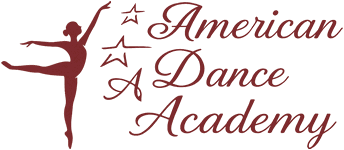
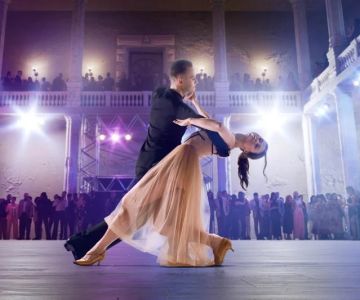
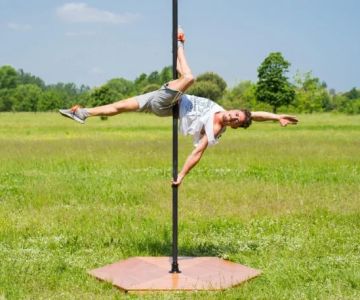
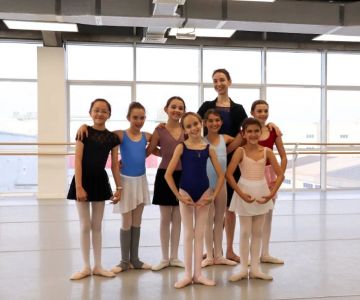

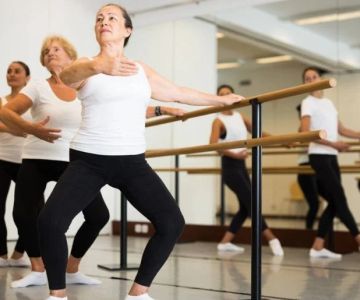
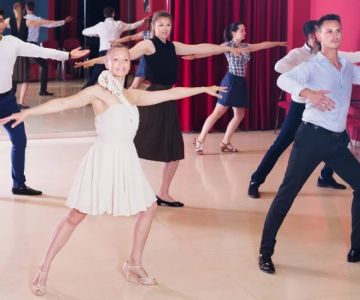
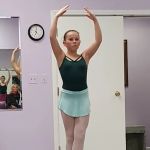 Barrington Dance Academy5.0 (22 reviews)
Barrington Dance Academy5.0 (22 reviews) Canyon Concert Ballet4.0 (17 reviews)
Canyon Concert Ballet4.0 (17 reviews) Big City Dance Center LLC4.0 (25 reviews)
Big City Dance Center LLC4.0 (25 reviews) Tye Chua Dance & Kalamazoo Ballet5.0 (18 reviews)
Tye Chua Dance & Kalamazoo Ballet5.0 (18 reviews)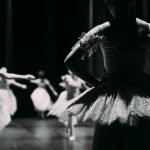 Fenton Ballet Theatre4.0 (24 reviews)
Fenton Ballet Theatre4.0 (24 reviews) Front Street Dance Center5.0 (7 reviews)
Front Street Dance Center5.0 (7 reviews) Are There Dances in Middle School? What Students and Parents Should Know
Are There Dances in Middle School? What Students and Parents Should Know How a Dance School in Instagram Builds Community and Success
How a Dance School in Instagram Builds Community and Success Why Do Schools Teach Square Dancing?
Why Do Schools Teach Square Dancing?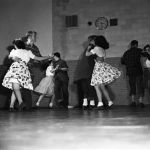 Why Was Square Dancing Taught in School?
Why Was Square Dancing Taught in School? Why Swing Dance Is Popular for Adults
Why Swing Dance Is Popular for Adults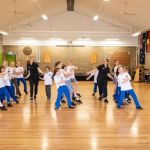 A School Dance: How to Prepare, Shine, and Make It Unforgettable
A School Dance: How to Prepare, Shine, and Make It Unforgettable